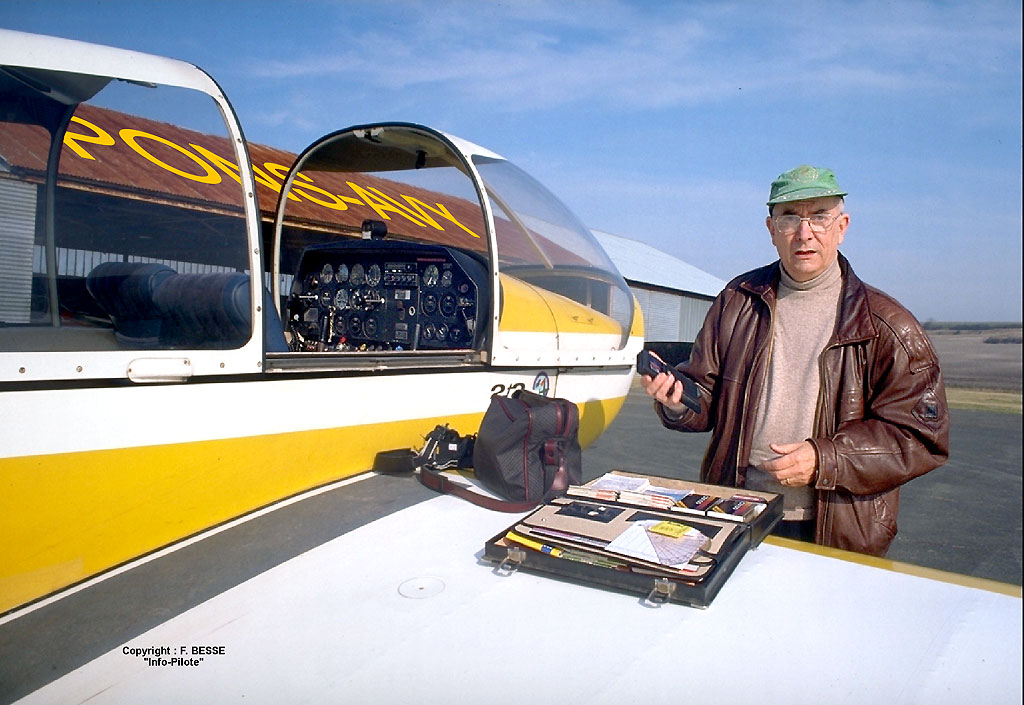
All the effectiveness of air archaeology is born from a global vision authorizing the perception of remanent traces of ancient anthropic actions. It is because the observer is placed in a quite particular point from which he can notice the archaeological traces. In other terms, one of the facts of the case is summarized with a perpetual search for these privileged points of view, authorizing new discoveries.
This implies a mobility of the observer in a three dimensionnal space, and one of the best means, practical and realistic, consists to make use of a plane!

An old sentence which trails on the grounds (unless it is not just invented...) known as only " the best plane is your plane! ". Nothing can describe the ideal plane, if you cannot obtain it... The air prospector will practically always use a private plane rented with the near flying-club. France is a country of very old aeronautical tradition and one always finds an aerodrome suitable with a few tens of kilometers (the metropolitan territory counts 400 of them, approximately). There are two principal types of aircrafts: those with high wings and those with low wings. Without taking part in an old quarrel, we personally prefer planes with low wings, whose wing is erased during the turn, and whose its capacity of ground effect softens many landings...

The plane-type will be a monoplane with low wings, propelled by an engine flat-four from 100 to 125 CV. They will be tri-four-seater authorizing fast rallyings to 200 km/h and a comfortable prospection speed around 150 km/h. A good example of this type of aircrafts is given by Jodel Robin, standard DR 300 or 400. The closed cockpit and air-heathing authorize winter prospections under good conditions of comfort. The plexiglass slightly deteriorates accuracy of photographs but the definition remains largely sufficient for our use.
Good adresses :
For any knowledge of aeronautics, visit the marvellous site of Michel Polacco, from
Radio-France : http://www.radio-france.fr/mpolacco/
For better knowing the regional aeronautical capacities: http://www.mygale.org/~nouge2/
For a historico-more humorous outline of the aeronautical
thing: http://www.multimania.com/almasty/muser/aero1.htm
For the best of aviation, please follows Catherine :
http://perso.club-internet.fr/catdoduc/
|
|
|
|